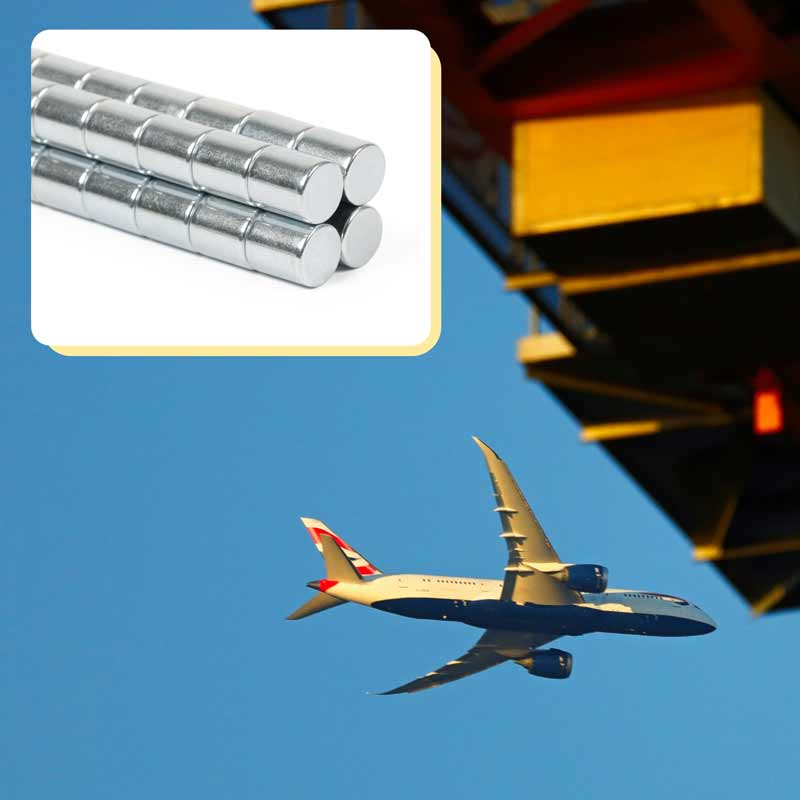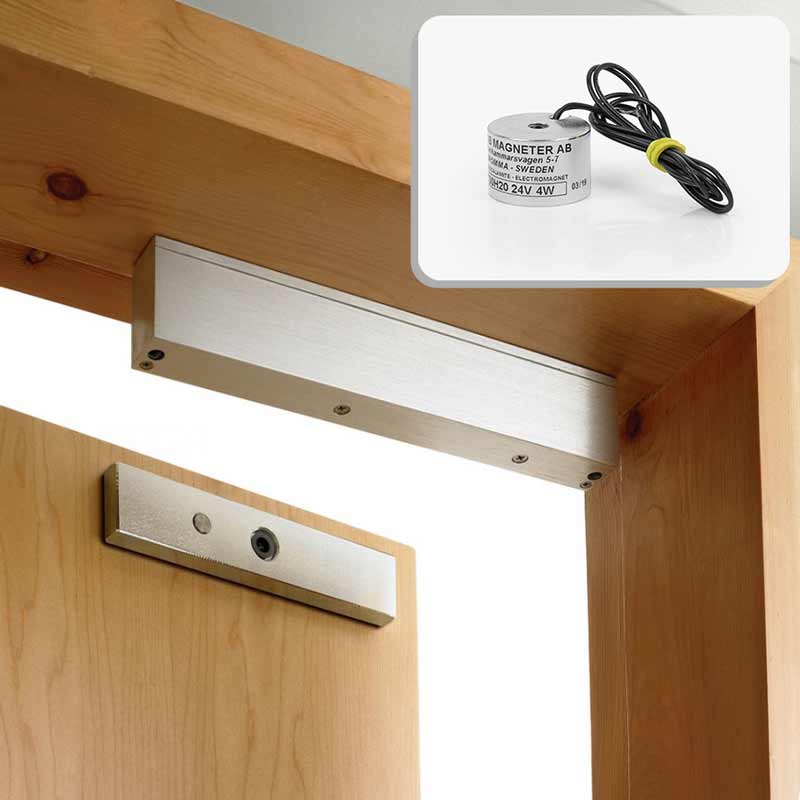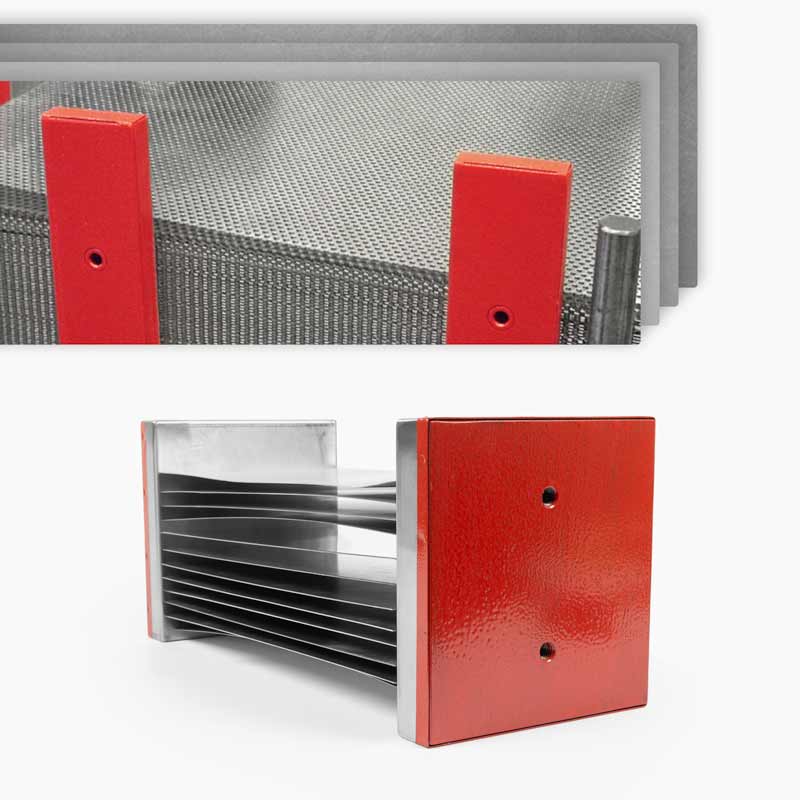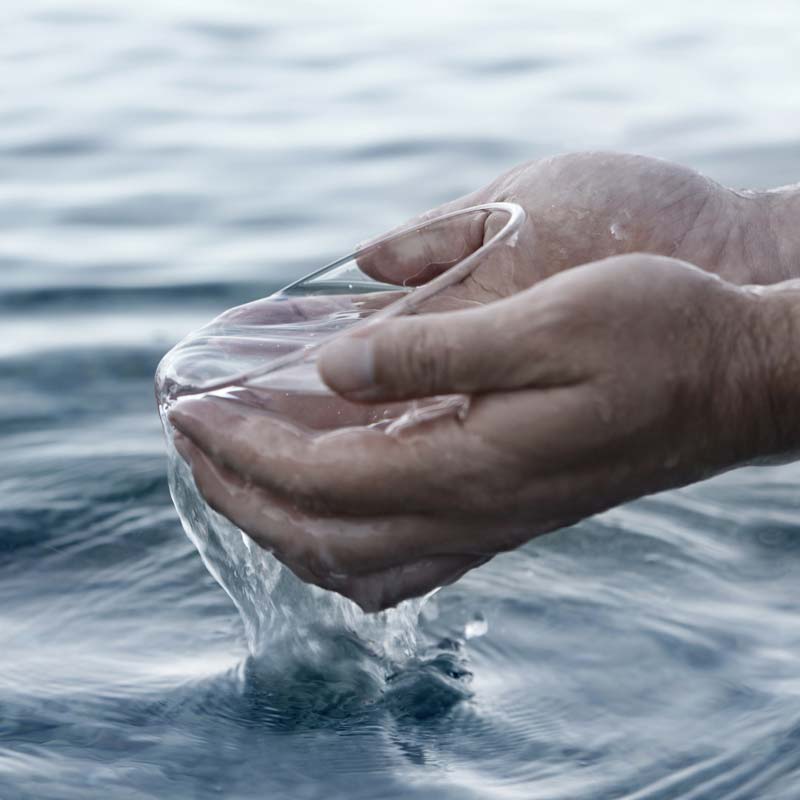Blog page
Recent Post

Magnets in Restaurant Kitchens

Global supply challenges and HYAB’s role

Electromagnets – a more controllable magnet

Magnetic filtration in the process industry

Sheet metal handling – Easier with magnets

Published: 2023-03-28
![]() Daniel Gårdefelt
Daniel Gårdefelt
Magnet fishing - treasure hunting
Magnet fishing has become more and more popular in recent years. Using a powerful magnet attached to a rope or line to search for metal objects i...
Show more >
Published: 2023-03-21
![]() Daniel Gårdefelt
Daniel Gårdefelt
Desalination of water using magnets
Water scarcity is a growing problem around the world. One way to solve this problem is through desalination, which is the process of removing sal...
Show more >
Published: 2023-03-08
![]() Daniel Gårdefelt
Daniel Gårdefelt
Magnets in the marine and underwater industries
The navy and underwater industry make extensive use of magnets due to their special properties and resistance to harsh environments. Magnets are ...
Show more >
